This article was medically reviewed by Janice Litza, MD. Dr. Litza is a board certified Family Medicine Physician in Wisconsin. She is a practicing Physician and taught as a Clinical Professor for 13 years, after receiving her MD from the University of Wisconsin-Madison School of Medicine and Public Health in 1998.
There are 7 references cited in this article, which can be found at the bottom of the page.
This article has been viewed 48,283 times.
Uterine fibroids are non-cancerous tumors that grow on the wall of the uterus. They are fairly common, with some estimates stating that more than half of women have them by the age of 50. In most women, the fibroids do not cause any symptoms and go unnoticed. However, in some women the fibroids cause serious symptoms that need to be medically treated. In order to get proper treatment, you will need to be able to identify the symptoms and get a proper medical diagnosis from your doctor.
Steps
Identifying Uterine Fibroids
-
1Identify any menstrual cycle symptoms. Uterine fibroids can cause changes and problems to your menstrual cycle. If you have had a fairly regular period and it changes, then those changes could be caused by uterine fibroids. However, these symptoms may signal other health problems as well. Symptoms that might indicate uterine fibroids include:[1]
- Excessive bleeding during menstruation
- Severe menstrual cramps
- Bleeding between periods
-
2Pay attention to acute symptoms. There are a variety of general health problems that can show up both during and between periods that could signal uterine fibroids or another health problem. Some symptoms are directly related to your period but many simply affect your general health. Symptoms that could indicate fibroids include:[2]
- Bloating or a non-painful mass in the lower abdomen
- Frequent urination resulting from a fibroid that compresses the bladder
- Pain during sexual intercourse
- Lower back pain
- Constipation
- Chronic vaginal discharge
- Inability to urinate
Advertisement -
3Identify any reproductive problems. Even if you do not have any acute symptoms, uterine fibroids can cause problems for reproduction. If you are having problems with infertility, it could be caused by uterine fibroids, although it could be caused by other health issues as well.[3]
- If you are having a hard time conceiving, consult with your doctor. Your doctor can run tests on you and assess whether there are any medical problems that are preventing you from getting pregnant.
-
4Assess your risk factors. There are some risk factors that can increase the likelihood that you will get uterine fibroids. Risk factors that increase your likelihood of getting uterine fibroids include:[4]
- Ethnicity: African American women are more likely to get uterine fibroids and they are more likely to get them at a younger age. Also, while other women's risk of getting fibroids decreases with age, African American women's increases.
- Weight: There is a slight increase in the risk of fibroids if you are overweight or obese.
- Age at first menses: The younger you are when you have your first period, the more likely you are to eventually get uterine fibroids.
- Lack of childbearing: You are more likely to get fibroids if you have never given birth to a child.
Getting a Medical Diagnosis
-
1Get a medical exam. If you suspect that you have fibroids, then you should get a medical exam. Your doctor will ask you about your symptoms, will do a general exam, and then will do a pelvic examination. A primary care doctor can do the initial exam and testing. They then will refer you to a gynecologist for further evaluation and treatment.[5]
- Your doctor will likely perform an internal pelvic exam. To do this, the doctor will look inside your cervix and then perform a bimanual exam to assess the size of your uterus. They will also likely do a pap smear and test for any infections.
-
2Undergo an ultrasound. After a physical exam, your doctor may order an ultrasound of the uterus. This may include both an external and internal (transvaginal) screening. This may be necessary to detect where the fibroid may be, what size it is, and how many there are.
-
3Discuss what type of fibroids you have. Once your doctor identifies fibroids, they will tell you what type you have. There are three types of uterine fibroids: subserosal, intramural, and submucosal. They differ based on where they are located in your reproductive system. These different types of fibroids can cause different symptoms and may require different types of treatments.[6]
- Subserosal fibroids extend more than 50% outside of the uterus. These fibroids rarely affect fertility.
- Intramural fibroids are within the muscle of the uterus, without any indentation of the uterine cavity.
- Submucosal fibroids project into the uterine cavity. These fibroids can reduce your pregnancy rate dramatically.
-
4Agree to medical treatment. Depending on the type of fibroids you have and their severity, your doctor will recommend a treatment plan. This could include removal or leaving them in place. Whether the doctor suggests surgery or not, they may also prescribe medication to shrink the fibroids and minimize any symptoms.
- In many cases the doctor will prescribe pain killers, birth control, and gonadotropin-releasing hormones, which slow or stop the growth of fibroids. The birth control will limit bleeding, if that is a symptom of your fibroids.[7]
- If your doctor recommends surgery, it could mean a variety of types of surgery. These include laparoscopic myomectomy, hysteroscopic myomectomy, or laparotomy, all of which are surgical procedures used to remove the fibroids.[8]
- Many women who have less severe cases of fibroids, about 30 percent, do not require treatment due to lack of symptoms or pain.
- If you want to become pregnant in the future, be sure to tell your doctor, as this may affect your treatment options.
Dealing with Uterine Fibroids
-
1Treat acute symptoms. When you have fibroids they can cause heavy and painful periods, even if you are treating them medically. If this is the case, then you will need to treat the acute symptoms of your period. In order to treat cramps, heavy bleeding, and other problems associated with your period, you can:[9]
- Use an ice pack. An ice pack on your abdomen or back can minimize pain. Use the ice pack for 20 minutes at a time, taking the pack off so that your skin does not get too chilled.
- Take vitamin C regularly. Vitamin C can help your body to absorb excess iron, which can cause excessive menstrual bleeding.
- Take an iron supplement. If you are having excessive bleeding it may cause you to become anemic. If that is the case, take a supplement to level out your iron.
-
2Make lifestyle changes. In addition to following your medical treatment plan and treating symptoms, it can help your condition to make some lifestyle changes as well. Anything you can do to minimize your period, for instance, will go a long way towards helping to minimize your symptoms. Some things you can do to minimize your period include:[10]
- Exercise regularly.
- Eat fruits and vegetables.
- Avoid sugar and fat.
-
3Find a support system. If you have uterine fibroids you will need the help and support from the people in your life. You will need them to help you get the medical treatment that is required. For instance you will need a ride home and home care after surgery, and you will need them to help you when you are in pain and unable to care for yourself.
- If your symptoms are affecting your ability to work or perform daily activities, you should make sure to explore all treatment options with your doctor. Discuss your condition with your employer and figure out ways for you to make up time or do types of labor that will be compatible with your condition.
References
- ↑ https://www.health.ny.gov/community/adults/women/uterine_fibroids/#symptoms
- ↑ https://www.health.ny.gov/community/adults/women/uterine_fibroids/#symptoms
- ↑ http://my.clevelandclinic.org/health/articles/uterine-fibroids
- ↑ https://www.niehs.nih.gov/research/atniehs/labs/assets/docs/k_p/october_2004_508.pdf
- ↑ https://www.nhs.uk/conditions/fibroids/diagnosis/
- ↑ http://obgyn.ucla.edu/infertility
- ↑ https://www.health.ny.gov/community/adults/women/uterine_fibroids/#symptoms
- ↑ http://my.clevelandclinic.org/health/articles/uterine-fibroids
- ↑ https://www.acog.org/womens-health/faqs/uterine-fibroids

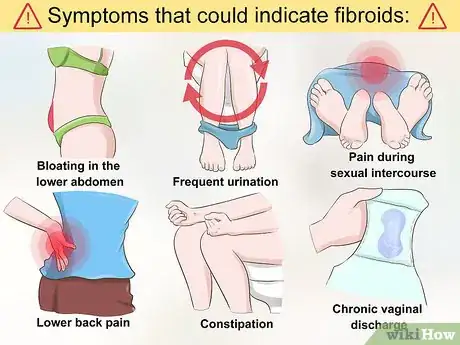

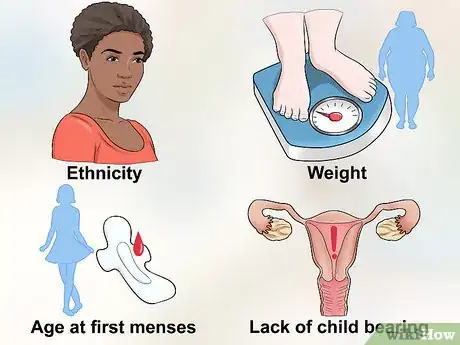
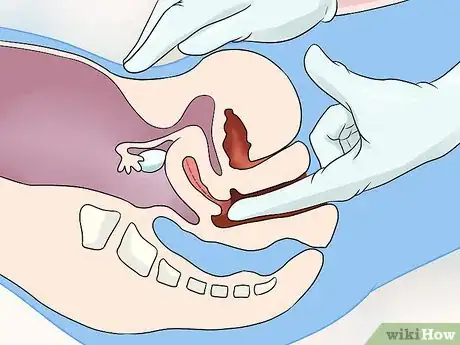
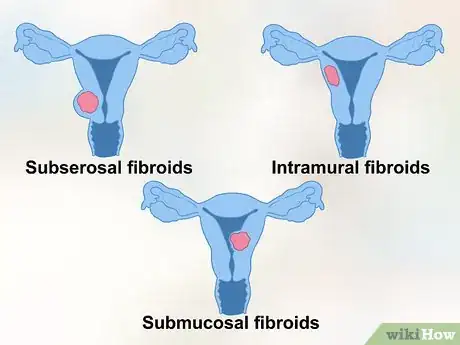
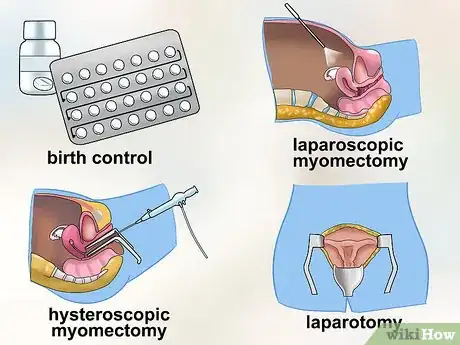


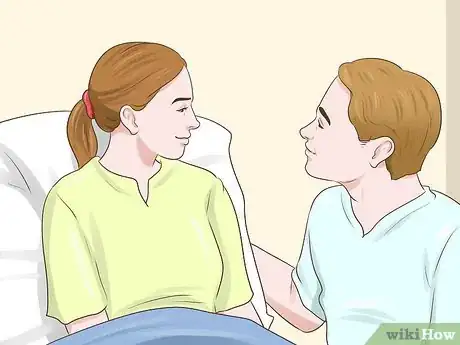
-Step-3.webp)
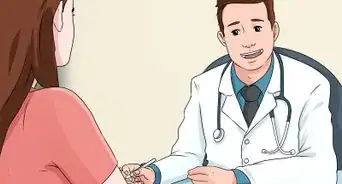



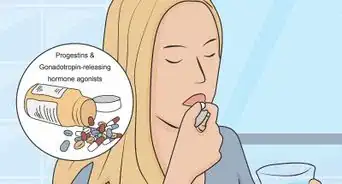
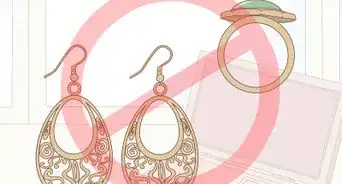
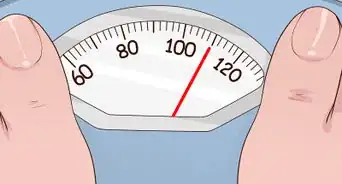
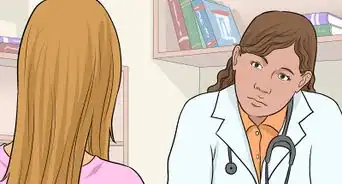
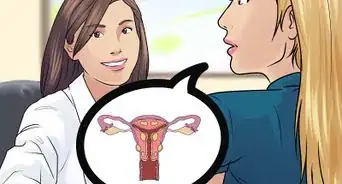
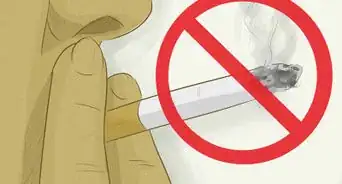
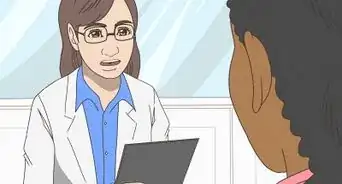







-Step-3.webp)
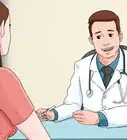





































Medical Disclaimer
The content of this article is not intended to be a substitute for professional medical advice, examination, diagnosis, or treatment. You should always contact your doctor or other qualified healthcare professional before starting, changing, or stopping any kind of health treatment.
Read More...